Any successful energy audit requires a set of audit tools for measurements and diagnostics. Here we present you with various types of instruments that can aid in the energy audit survey. The amount and category of instruments needed depend on the type of energy-consuming equipment used at the facility and the audit's level of complexity. The first distinction of tools is set by the fact that whether the energy audit is residential, commercial or industrial. Secondly, say during the industrial energy audit, if waste heat recovery is being considered, then the auditor must take substantial temperature measurement data from potential heat sources. Below we've gathered tools commonly necessary for energy audits.
Tape Measure
Regular Tape Measure
This is the most basic measuring device needed. 25 - 100 ft tape measures are used to measure the dimensions of walls, ceilings, windows, etc. These measurements can later be used in reporting and for determining the length of pipes needed to transfer the waste heat, for example.
Laser Tape Measure
For distance measurements in hard-to-reach areas, you'll appreciate having a laster tape measure which gives you more versatility and ability to accurately measure much longer distances than with regular tape. In general, these tools are capable of measuring length/width/height of up to 650 ft (198 m). Within the distance of 300 ft (92 m) their accuracy is 1/8 inch (3 mm). You can even get 2-in-1 option combining both types of tape measures.
Laser Tape Measure 2-in-1, 131 ft, Backlit LCD Display
- TM-L01 laser measurement tape
- 2 AAA batteries
- Screwdriver
- User manual in English
- 24 months warranty card
Lightmeter
A light meter or lux-meter is used to measure the amount of light, in foot-candles or in lux, that falls on a surface. Lightmeters are battery-operated hand hand-held devices that are used for surveying illumination levels. The measured light levels can then be compared to the recommended standard levels and adjusted accordingly. Light meters used for energy audit are different from photographic exposure meters in that they relate to the way the human eye sees the light rather than the camera. Portable data-loggers equipped with lux sensors are also available to record variation in light levels over time.
Extech Pocket-sized Foot Candle Light Meter
| Measuring Range | 200 - 2000 Feet-candles |
| Resolution | 0.1/1.0 Fc over 2 ranges |
| Accuracy | 5% |
| Sensor Cable Length | 47" (1.2 m) |
| Display unit size | 4.88" x 2" x 0.75" (12.4 x 5 x 1.9 cm) |
| Sensor size | 2.6" x 1.75" x 0.75" (6.6 x 4.4 x 1.9 cm) |
This handy, pocket-sized light meter monitors the intensity and efficiency of a light source in any setting be it home, commercial or industrial. This light meter displays the readings in foot-candle units. Included is a remote, color-corrected photodiode sensor that can be maneuvered into various positions to capture more accurate readings. The photo-diode comes in a protective cover. The unit features a switch for choosing between 2 ranges of light intensity. The lower range is for home and office spaces and the higher range is for commercial/industrial settings. 1/2" LCD displays clear, easy to read numerals for your reference. The device is equipped with 2 indicators: over-range indicator signals when the light source is above or below the selected range and a low-battery indicator signals when the batteries need replacement.
Temperature Measurements
Electronic Thermometer
Monitoring air temperature provides information on HVAC system operation. Additionally, thermometers are used for measuring operating equipment temperature to determine process equipment efficiencies and waste heat recovery sources. Electronic thermometers with interchangeable probes are available for both cases. Some common types of probes are immersion probe, surface probe, and a radiation-shielded probe for measuring the true air temperature.
Digital Thermocouple Thermometer for HVAC, Furnace And Heater
This is a k-type digital thermometer for contact temperature measurements. It has inputs for 2 k-type thermocouples for displaying 2 temperatures - T1, T2 or differential temperature: T1 - T2. Two 3 ft (91.5 cm) temperature probes with fiberglass insulation are included. The probes come with bead sensors and work up to 500 °F (260°C). The temperature reading is displayed in 1-degree steps of Fahrenheit (°F) or Celcius (°C). Any k-type probe with a miniature thermocouple connector can be used. The measuring range is -50 to 1999°F, -50 to 1300°C. It conveniently allows measuring an inlet and an outlet temperature for HVAC, heaters or furnaces.
Infrared Thermometer
Lightweight, compact and easy-to-use, non-contact infrared thermometers can safely measure hot, hazardous or hard-to-reach material without touching, contaminating or damaging the material's surface. Two things to look at when choosing infrared thermometers are the temperature range of the intended use and the measurement distance. Optics are given in a ratio such as 6:1 or 10:1. A ratio of 10:1, for instance, means that from a distance of 10 feet the sensor will be reading an area 1 foot in diameter. The further the distance the larger the spot size will be so this is something to keep in mind when measuring target temperature.
Fluke 62 MAX Infrared Thermometer
- 10 ft (3m) drop tested
- Dual lasers for superior targeting
- Large, backlit display
- Ergonomic design - fits easily in the hand
- IP54 water- and dustproof
- Min, Max, Avg, Diff; High & Low alarm
Resistance Thermometer
This type of thermometers is also called resistance temperature detectors (RTD). A defining feature of RTD sensors is a fine wire wrapped around a ceramic or glass core. RTD elements are fragile hence often housed in protective probes. Very useful for A/C testing, RTDs have higher accuracy, repeatability, reliability, and are convenient in use. The advantages of RTDs are high accuracy, low drift, wide operating range, suitability for precision applications. RTDs are rarely used above 660 °C in industrial applications.
Akozon Handheld Digital Platinum Resistance Thermometer
This is an industrial resistance temperature detector (RTD). It's a high-precision device with 3 temperature units: Kelvin, Fahrenheit, and Celsius. The instrument has a built-in memory, measures min/max temperatures, and comes with a 3.3 ft (1m) long measuring probe PT100 with ceramic coat protection handle. The compact and lightweight design makes it easy to carry around on an energy audit visit. The main unit's measuring range is -328 to 1112 °F (-200 to 600 °C) and the probe's range is -58 to 932 °F (-50 to 500 °C). The package includes the thermometer (no battery), probe w/ cable, user manual.
- Step: 0.1 °C/°F/K
- Accuracy: +/- (0.05% + 1 digit)
- Display: 4-digit, 1/2" LCD
- Sampling time: 0.5 sec
- Data storage: 256 measuring values
Thermal Leak Detector
Black&Decker TLD100 Thermal Leak Detector
Thermal Imaging System
Infrared cameras or thermal imaging systems are quite affordable nowadays. You can even turn your iPhone or Android phone into a thermal imaging device by plugging in a small camera. Infrared cameras are a versatile tool you can use to find overheated electrical wires, connections as well as wet or missing insulation, roof leaks and cold spots.
FLIR C2 Thermal Imaging System
Voltmeter and Ammeter
Necessary for determining operating voltages on electrical equipment, especially when nameplate has worn off or is otherwise unreadable. A versatile instrument for this purpose is the multi-meter combining volt/ohm/ammeter with a clamp-on feature for measuring currents in conductors that are easily accessible. The snap-on ammeters can be either indicating or recording with a printout.
Fluke 117 RMS Multimeter
Wattmeter/Power Factor Meter
A portable wattmeter/power factor meter is handy for determining the power consumption and power factor of individual motors and other inductive devices. The meter typically comes with a clamp-on feature which allows an easy and safe connection to the current-carrying conductor and has probes for voltage connections. The basic wattmeter consists of 3 voltage probes and a snap-on current coil which feeds the wattmeter movement. Power factor meter is useful for determining the sources of poor power factor and harmonic distortion in a facility.
Amprobe Power Quality Clamp Meter
Combustion analyzer
A portable device for estimating the combustion efficiency of furnaces, boilers or other fossil fuel burning machines. These digital instrument performs the measurements and reads out combustion efficiency in percents. The portable combustion analyzer (PCA) is a reliable and easy-to-use tool for energy auditors who need to determine carbon monoxide (CO) safety and combustion efficiency in residential or commercial furnaces, hot water heaters, and boilers. The Good combustion usually means high carbon dioxide (CO2), low oxygen (O2), and little or no trace of carbon monoxide (CO)
Bacharach Fyrite Intech Combustion Analyzer; O2/CO, Reporting Kit
Ultrasonic Leak Detector
Ultrasonic compressed air leak detectors are electronic receivers that are very precisely tuned to the frequency of the hissing sound of an air leak. These devices are extremely sensitive to the noise a small air leak makes and are able to filter out background noise. It's a valuable device for detecting wasteful leaks of compressed air. When equipped with an optional probe attachment, some ultrasonic receivers can also be used to test steam traps.
Amprobe ULD-300 Ultrasonic Leak Detector
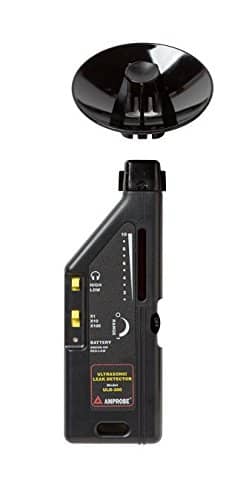
ULD-300 ultrasonic leak detector senses pressurized leaks of air or any gases including CFCs, HFCs, N, CO2 and steams. It detects electrical arcing and finds failing solenoids, valves, and bearings. This leak detector can convert ultrasonic frequencies to an audible range so they can be heard by an energy auditor. The included parabola horn and extension tube assist in leak detection from a distance and in noisy areas. The presence of wind or airborne contaminants, such as refrigerants, does not affect its operation. Additionally, the presence of significant background noise, such as heavy machinery, motors, etc., does not affect its ability to find small leaks. This is because the ultrasounds are in a different frequency range than typical industrial noises.
Airflow Measurement Devices
Airflow measurement devices or allow energy auditor to measure airflow from heating, air conditioning, ventilating ducts or from other sources of airflow. These devices can detect possible problems with air flows, such as whether the combustion airflow into a gas heater is correct. Common types of airflow monitors include velometers, anemometers, airflow hoods, and Pitot tubes. A widely used unit for measuring airflow is CFM or cubic feet per minute. It is a measurement of the velocity at which air flows into or out of a confined space. By their circuit type, we classify these devices as analog or digital air flow meters. Latter is the more common type these days. Now let's return to each major type of airflow testers and learn more about their functionality.
Anemometer (Velometer)
Vane type (deflecting and revolving) and hot-wire types are commonly used. Deflecting vane anemometers are not suitable for duct air measurement. Revolving vane anemometers, on the other hand, are subject to error variations in velocities and are easily damaged. Vane type anemometer uses a small fan that is turned by air flowing over the vanes. The fan's speed is measured by a rev counter and converted to airspeed by an electronic chip. Using this tool the volumetric flow rate may be calculated if the cross-sectional area is known. Hot-wire velometers operate on the basis of another principle: they use a very fine wire (a couple of micrometers thick) electrically heated up to some temperature above the ambient. Air flowing past the wire has a cooling effect on it. So the working principle of hot-wire anemometer is based on a relationship between the resistance of the wire and the flow speed. The specifics of this device make it ideal for the airspeed measurements inside a duct (only a small hole on the side of the duct is necessary).
Portable Anemometer w/ Backlight
- flow area setting
- max/min function
- auto power off
- low battery alert
The instrument is covered with rubber covers to prevent it from slipping and make it more durable.
Airflow Hood
Airflow hood or balometer is a portable airflow testing instrument that captures volumetric airflow through grills, diffusers, and registers. The applications include measurements, testing and balancing of the airflow in HVAC ducts and registers. Flow hoods usually are big and expensive devices. They are able to measure very specific ranges of CFM. Residential and commercial airflow hoods are considerably different.
Testo 420 Airflow Capture Hood
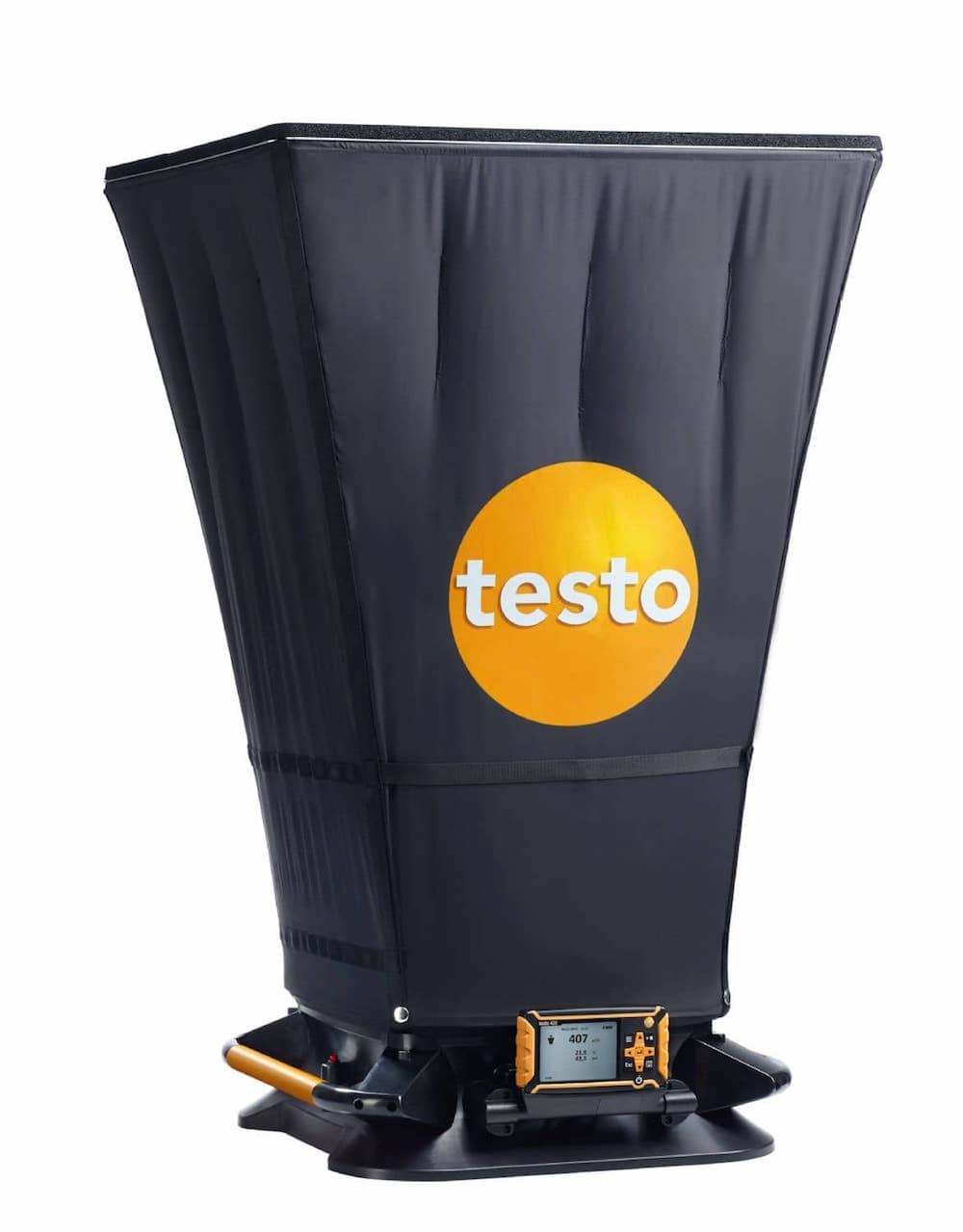
The main features are:
- Rugged and durable
- Tiltable, removable, backlit display
- Flow straightener for more precise measurements at turbulent outlets
- App integration via Bluetooth for monitoring and reporting on site.
Pitot Tube
Pitot tube or pitot probe is an essential air measurement device with good levels of accuracy. Pitot tubes are the most practical instruments for measuring the airflow velocity in the ducts and tubes where anemometers are hard to use. Comes in various lengths like 12" or 48".
Dwyer Series 166T Telescoping Pitot Tube
Blower Door
Airtightness of a building or structure can be measured with a blower door attachment. It is frequently used in residential and office settings to determine the air leakage rate or the number of air changes per hour in that facility. This test reveals whether the facility has substantial structural or duct leaks to be sealed off.
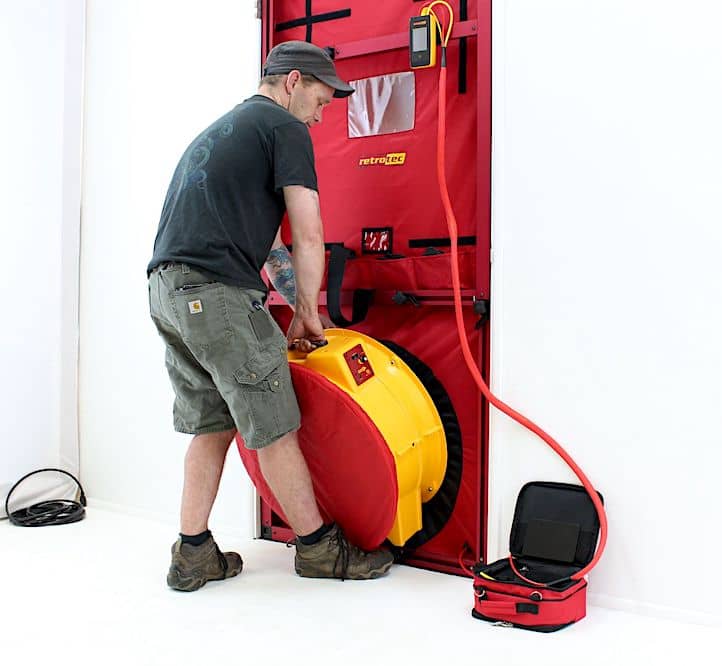
Humidity Measurement
There are various methods for humidity measurements. Some are based on the determination of the temperature and partial pressure of the vapor in the gas like dew point determination: from these measured quantities, through a calibration and calculation process, the measurement of humidity can be derived. Others are based on wet and dry bulb temperatures. For fast and accurate measurements chilled mirror hygrometers (dew point) are fine.
Psychrometer
Psychrometers or hygrometers are dry and wet bulb thermometers. The relative humidity is established by locating the intersection of the wet- and dry-bulb temperatures on a psychrometric chart or using a table normally supplied with the instrument. The instrument can either be fixed on a portable stand or mounted in a frame with a handle revolving in the air. It's a low-cost device and convenient in use. Widely used in the HVAC sector.
Amprobe THWD-5 Thermometer And Psychrometer w/ Wet Bulb And Dew Point
- RH, dew point, wet bulb measurement, temperature measurement
- MIN/MAX/AVG temperature readings and data hold
- Bendable probe extends to hard-to-reach areas
- A large LCD display with backlight
- Tripod mountable
Dewpoint Hygrometer
Typically consists of a polished metal mirror that is cooled at constant pressure and constant vapor content until moisture just starts to condense on it. The temperature of the metal at which condensation begins is the dew point.
Amprobe THWD-10 Temperature and Relative Humidity Meter
Pressure Measurement
Draft Gauge
Draft gauges are small, dependable, service-free pressure measuring devices. These instruments are modified U-tube manometers used to measure draft of low gas heads, such as draft pressure in a furnace or small differential pressures. it's a portable device for measuring either direct pressure or pressure differential.
Bacharach Draftrite Pocket Gauge w/ 2 Sections of Draft Tube
This pocket-size manometer conveniently sits in one hand when putting it into service, making it extremely suitable for heating contractors and energy auditors. The free-floating pointer indicates sudden changes from draft to pressure caused by "puffbacks". Suitable in a range of applications like checking flue pipe, chimney, firebox, smoke hood, smoke pipe draft, draft regulator, oil burner firing rate, and basement ventilation.
| Resolution | 0.02 inH2O |
| Size | 2.5x1.8x0.5 in (6.4x4.4x1.3 cm) |
| Draft Tube Length | 4.9" (12.4 cm) |
| Max Draft Tube Length | 12" (30.5 cm) |
| Weight | 3.7 oz (105 g) |
| Warranty | 1 year |
Manometer Gauge
One of the earliest pressure measuring instruments, manometers are still in wide use today because of their inherent simplicity of operation and accuracy. Manometry measurements are functions of gravity and the liquid's density. Manometers can be portable instruments used for direct pressure reading. When coupled with Pitot tubes it can be used for airflow pressure measurement. A low-cost and useful device for auditors.
Risepro Digital Manometer And Differential Pressure Gauge HVAC Gas Pressure Tester
Risepro is a professional manometer to measure gauge and differential pressure in the range of +/- 13.79 kPa | +/- 2 psi | +/- 55.4 H2O with 0.3% accuracy in full scale. It can resist up to 10 psi pressure but may not show readings when exceeded the measuring range of 2 psi. The main features are
- Differential pressure measurement with dual probes
- Max pressure: 10psi (no readings above 2 psi)
- 11 selectable measure units
- Backlit LCD, data hold, auto off
- Min/max/avg values with relative timestamps
- Error codes for out-of-range indication
- Low battery indication
Bourdon Tube Gauge
Bourdon tube pressure gauges are mechanical pressure measuring instruments for measuring all forms of system fluid pressures from 600 mbar to 4000 bar. The measuring element is a curved tube with a circular, spiral or coiled shape. The pressure of the measuring medium acts on the inside of the tube and produces motion in the non-clamped end of the tube. This motion is the measure of the pressure and is indicated via the movement.
2-1/2" Liquid-Filled Pressure Gauge w/ Stainless Steel Case
This is a liquid-filled pressure durable gauge with a stainless steel case. Features a copper alloy Bourdon tube. Has broad applications in water, air, oil, and in hydraulics in general. The gauge is filled with glycerin oil to enhance reliability and integrity. It also helps dampen the effect of vibration and pulsation, lubricate the moving parts and extends the instrument's lifespan.
| Dial size | 2-1/2" |
| Scale | Dual scale - psi/bar |
| Bourdon tube | Copper alloy |
| Lens | Polycarbonate |
| Operating temperature | -4 to 140°F (-20 to 60°C) |
Endoscope
The endoscope is an instrument that allows one to ‘‘see’’ objects or situations that would otherwise be unobservable. It is constituted by a flexible cable, or sensor, made with optical fibers. These have both the function of carrying the light to the end of the cable in which is placed a lens, through which the image is transmitted to a display. The display can either be a part of the device or a remote display on a PC or smartphone through which the auditor can observe the object.
The section and the length of the sensor may vary depending on the model and the application: the diameter varies from a minimum of 4–12 mm or more. The greater is the diameter, the better is the image quality while small diameters, minimally invasive, still capture good images. The applications include
- cavity inspections
- duct inspections
- inspections of zones inside false ceilings or plenums
Industrial Endoscope w/ Camera & LCD Screen
- 16.5 ft (5 m) semi-rigid cable
- 4.3" LCD screen
- 2600 mAh Lithium battery (3.5 - 4 hours of operation when fully charged)
- 1080P HD camera with 0.31" (8 mm) camera diameter
- IP-67 waterproof camera probe
Carbon Dioxide (CO2) Meter
The carbon dioxide (CO2) in the air is generated by the people in the building, its measurement, preferably detected continuously with a monitoring system, can provide important information about the quality of ventilation of confined spaces in relation to the mode of usage. A CO2 concentration meter gives useful information for understanding whether ventilation is working properly. Such a device can monitor the indoor environment conditions and transmit the information to the control system that could adjust the air ventilation flow to meet the real needs and avoid energy waste. The detection of carbon dioxide concentration can be made instantaneously or continuously. For continuous measurement, the instrument needs to be connected to a mini data-logger.
Amprobe CO2-100 Handheld Carbon Dioxide Meter
The main features are:
- Displays current CO2 levels, long-term average measured over 8-hour period, short-term average over 15 min period
- Alarm notification when CO2 levels reach or exceed preset threshold
- LCD display that shows CO2 levels, dew point temperature, and humidity
- Manual calibration ability
Glass Thickness Gauge
It's easy to measure a single glazed section of a window, but if the subject of the check is a double- or triple-pane unit it is not so easy to identify the thickness of the panes of glass and the thickness of the air interspaces. Additionally, it is difficult, to check the presence of surface treatment of the glass (e.g., low-emissivity coating, reflective coating, etc.). Instruments able to detect all of this information, of course without damaging the glass, have recently become available. They are called glass thickness gauges or glass thickness meters, although this term does not do justice to their true potential. With an instrument of this type it is, in fact, possible to check:
- thickness of the panes of glass
- thickness of the air interspaces between the panes of glass
- presence of a surface coating treatment
- number, position, and thickness of films.
HT-1200 Ultrasonic Thickness Gauge
- The measuring range is 1.2~225mm
- Resolution: 0.1mm
- Sound speed adjustment range: 1000 ~ 9999m/s
"MIG" Laser Glass Thickness Gauge
The main features are:
- powered by 2 AAA alkaline batteries (included)
- scales are printed on the front in inches and mm on the back
- comes with a black nylon carrying case for carriage
Flow Meter
The flow meters are used to determine the mass flow rate or the volume flow rate of a fluid in a pipe or in a duct, typically by measuring its speed. Portable instruments like ultrasonic flow meters allow measurements from the outside of the pipe without interference with the functionality of the system. Once the pipe's cross-sectional area is known it is possible to evaluate the fluid flow based on the flow speed measured by the instrument. A fluid's velocity measurement must take into account a number of factors that need to be provided by the auditor before the measurement process. Such factors are:
- Fluid's type
- temperature
- the material & thickness of the pipe
- diameter or section of the pipe
Dynasonics Flow Meter With Small and Standard Pipe Transducer
Electrical Network Analyzers
Electrical network analyzers are lightweight, portable yet expensive smart devices that can detect electrical network's various parameters simultaneously. This instrument is used to measure the power transported to user devices which is a metric that the auditor is interested in rather than the apparent power measured by multimeters. As opposed to meters that measure the electricity consumption of individual equipment, network analyzers are more suitable for measuring the performance of sections of plants, for example, lighting or HVAC, up to the performance of the whole electric system.
Using this tool, however, requires specialist skills in electrical engineering. The measurement process is not straightforward since it is necessary to isolate a single conductor, for bi-phase current, or all three conductors, for three simultaneous measurements, for three-phase current supply.
Fluke 434-II BASIC Energy Analyzer
Smoke Generator
A simple smoke generator can be used in buildings to find airflow patterns, air infiltration, and leakage around doors, windows, ducts, and other structural features. The chemical "smoke" may be hazardous for health so breathing protection masks are recommended during the tests. The 2 main types of smoke suitable for energy audit purposes are chemical smoke and silica powder.
MeterMall Regin Smoke Pen w/ 6 Wicks and Carry Case
Safety Equipment
Adhering to safety practices is vitally important for an energy auditor. Below is a list of the safety equipment recommended to use during site visits:
- A good pair of safety glasses is absolutely necessary for any audit visit.
- Hearing protectors are required for audit visits to noisy plants
- Electrically insulated gloves if electrical measurements will be taken. Insulated gloves should be used when working around hot objects like boilers and heaters
- Breathing protection may be needed if hazardous fumes are present from processes and materials used
- Steel-toe and steel-shank safety shoes on audits of plants where heavy, hot, sharp or hazardous materials are being used.


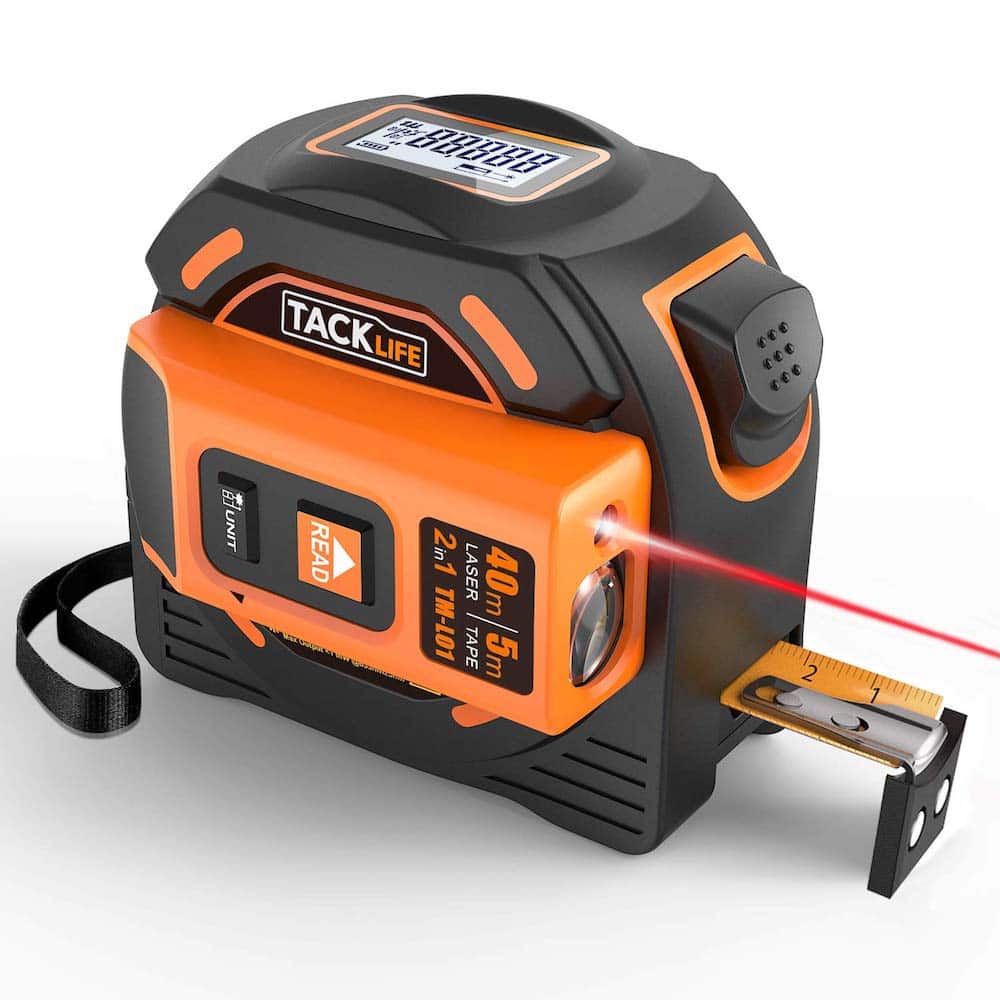
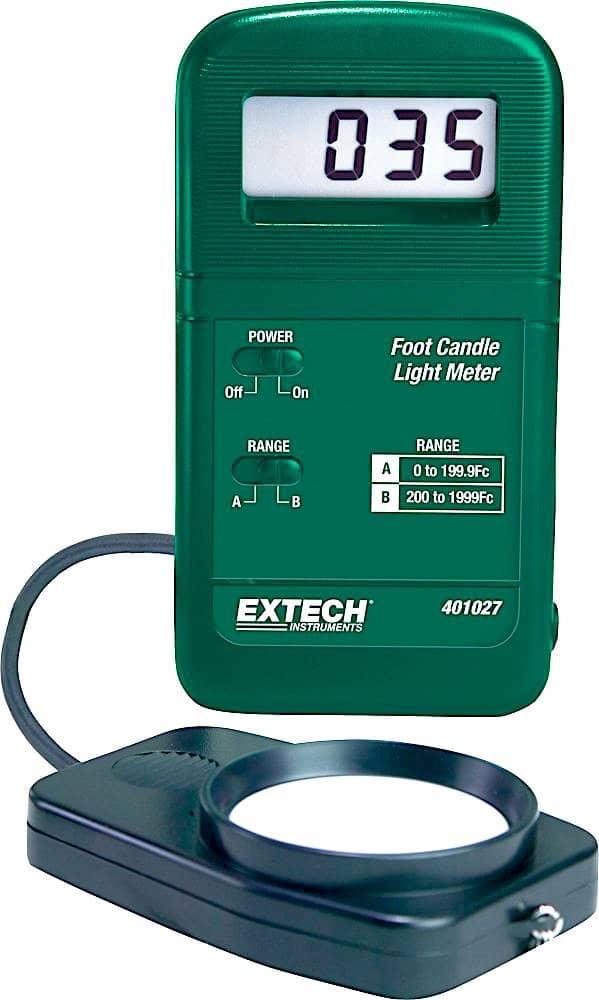
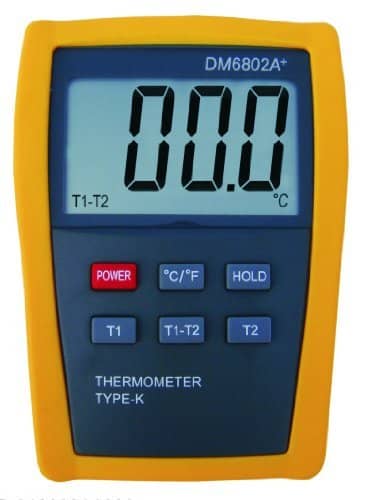
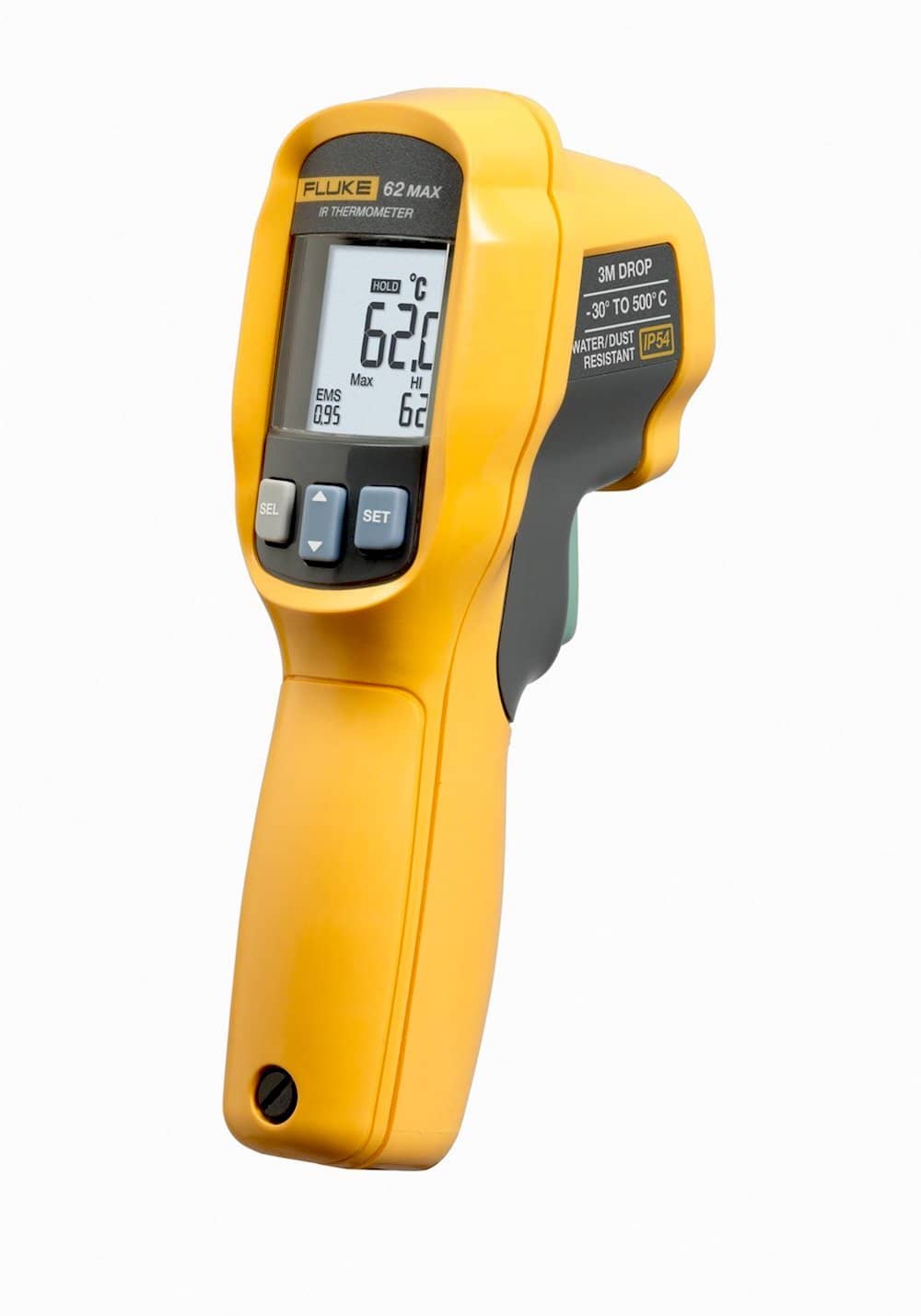
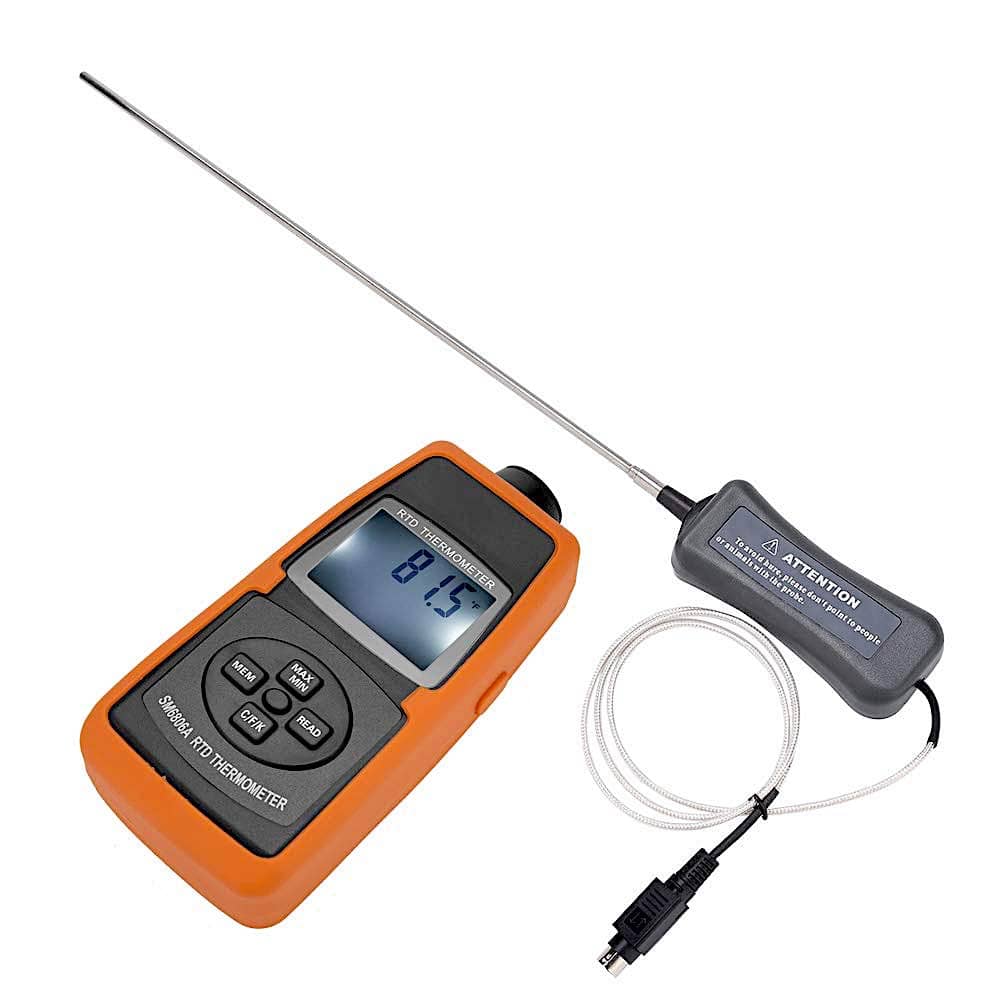
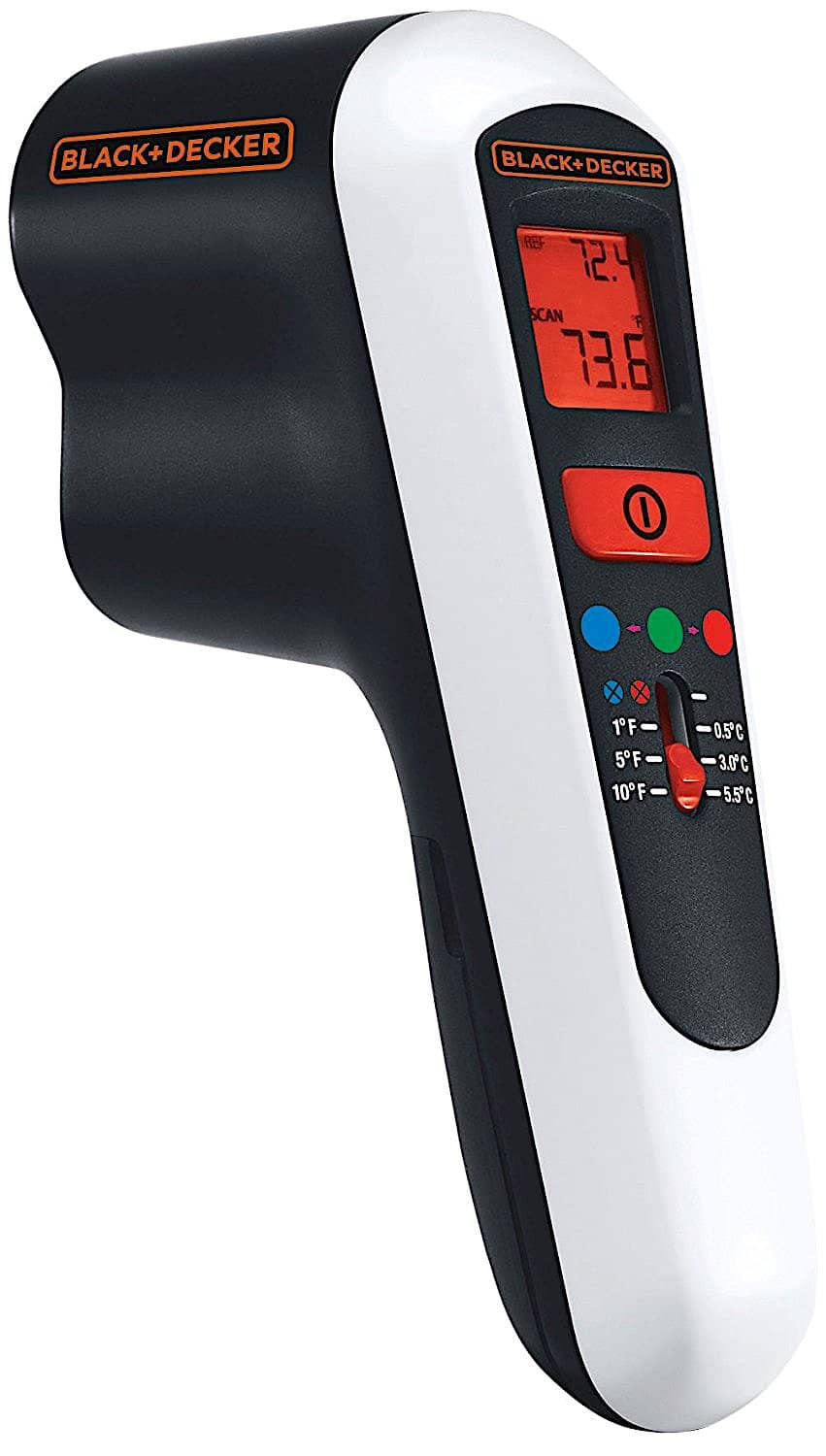
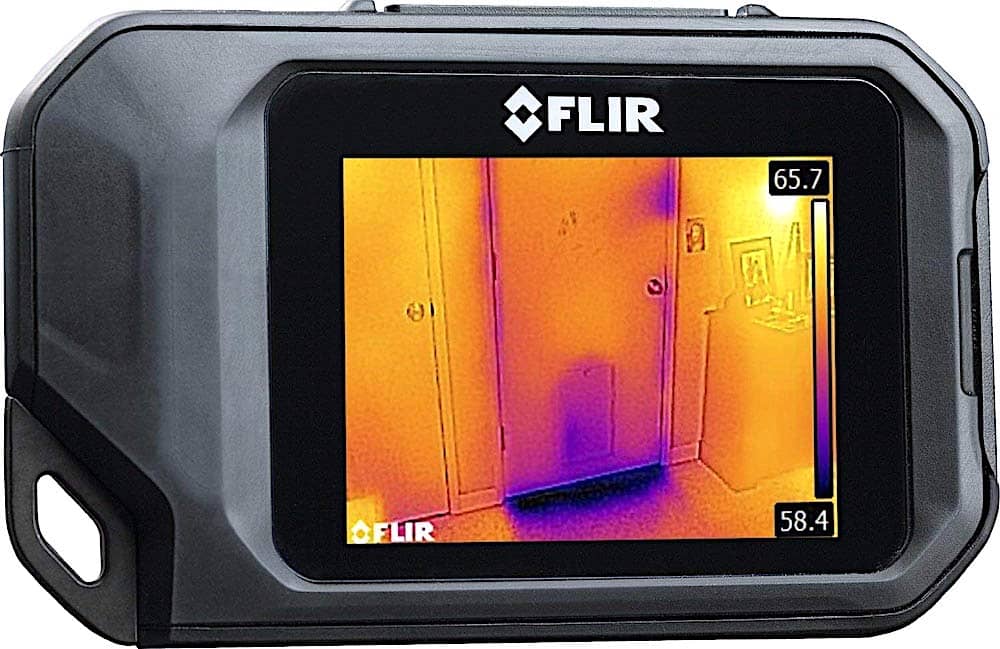
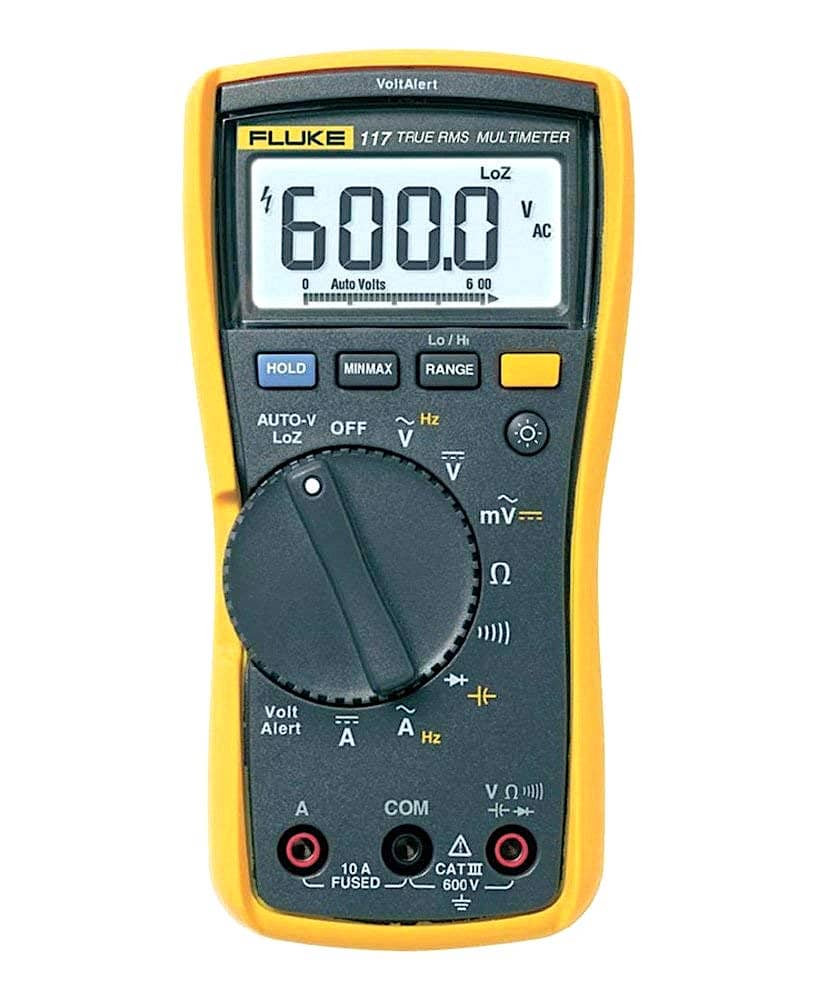
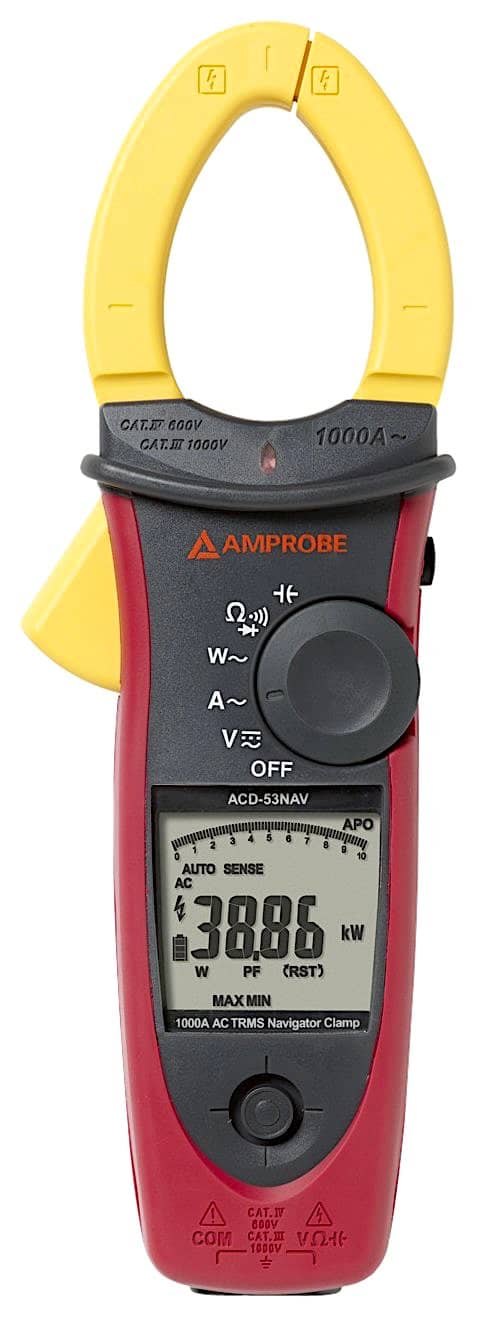
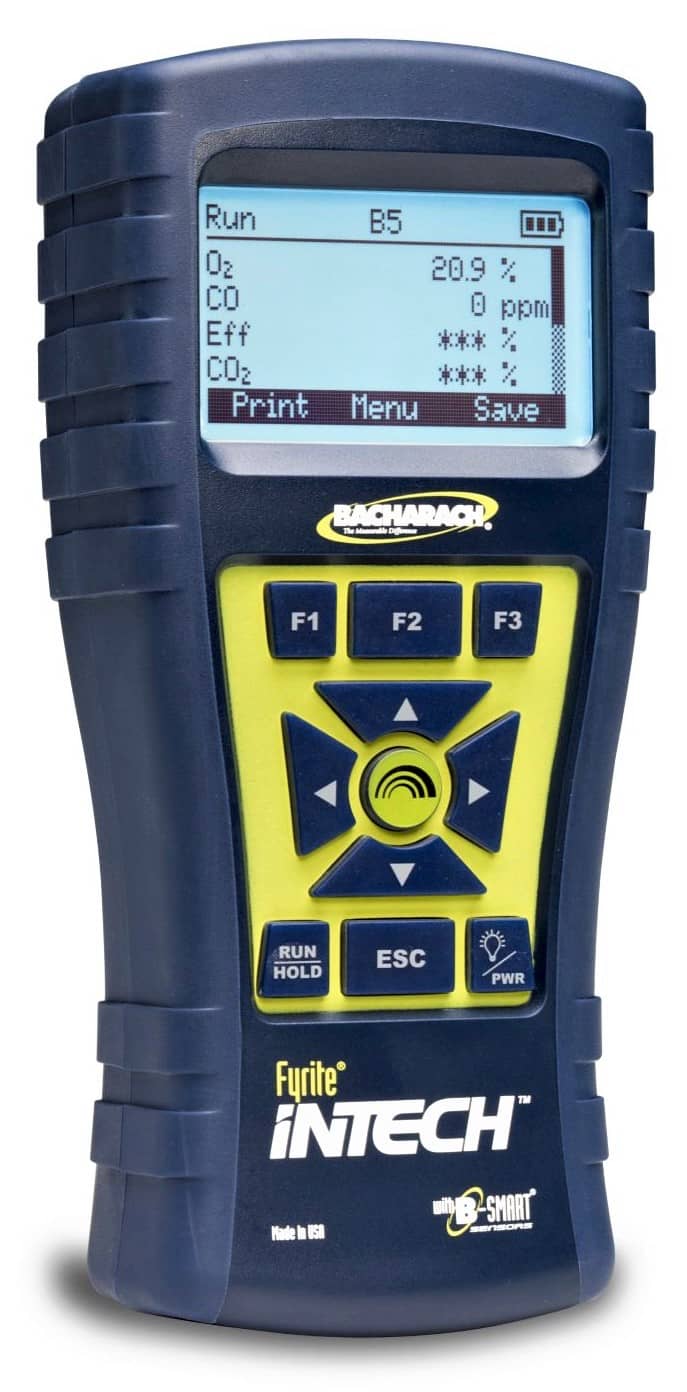
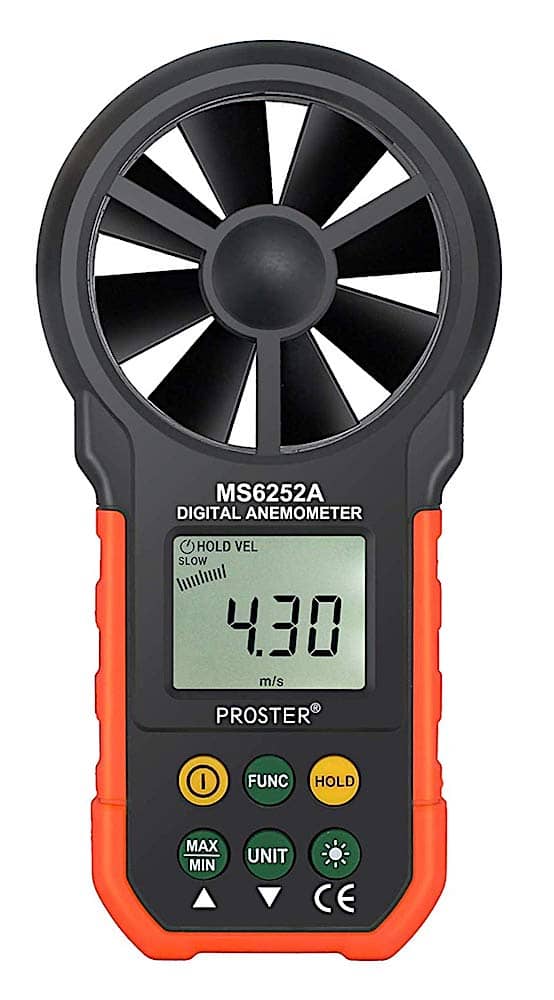
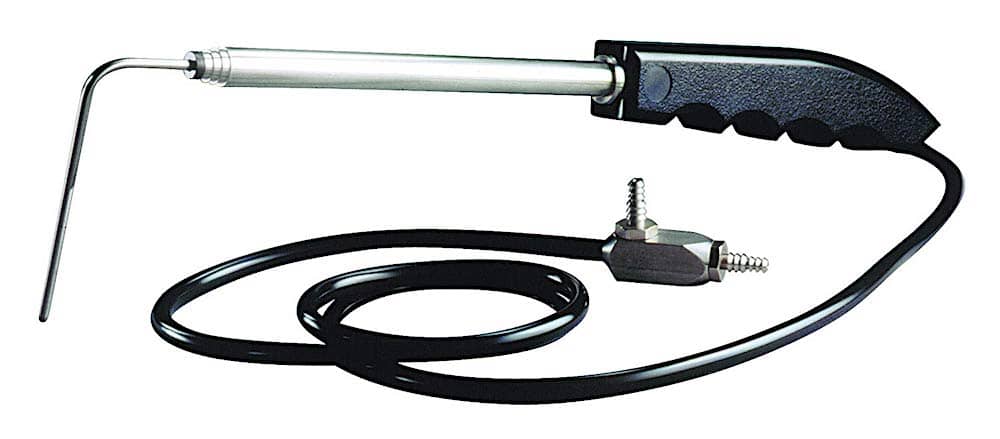
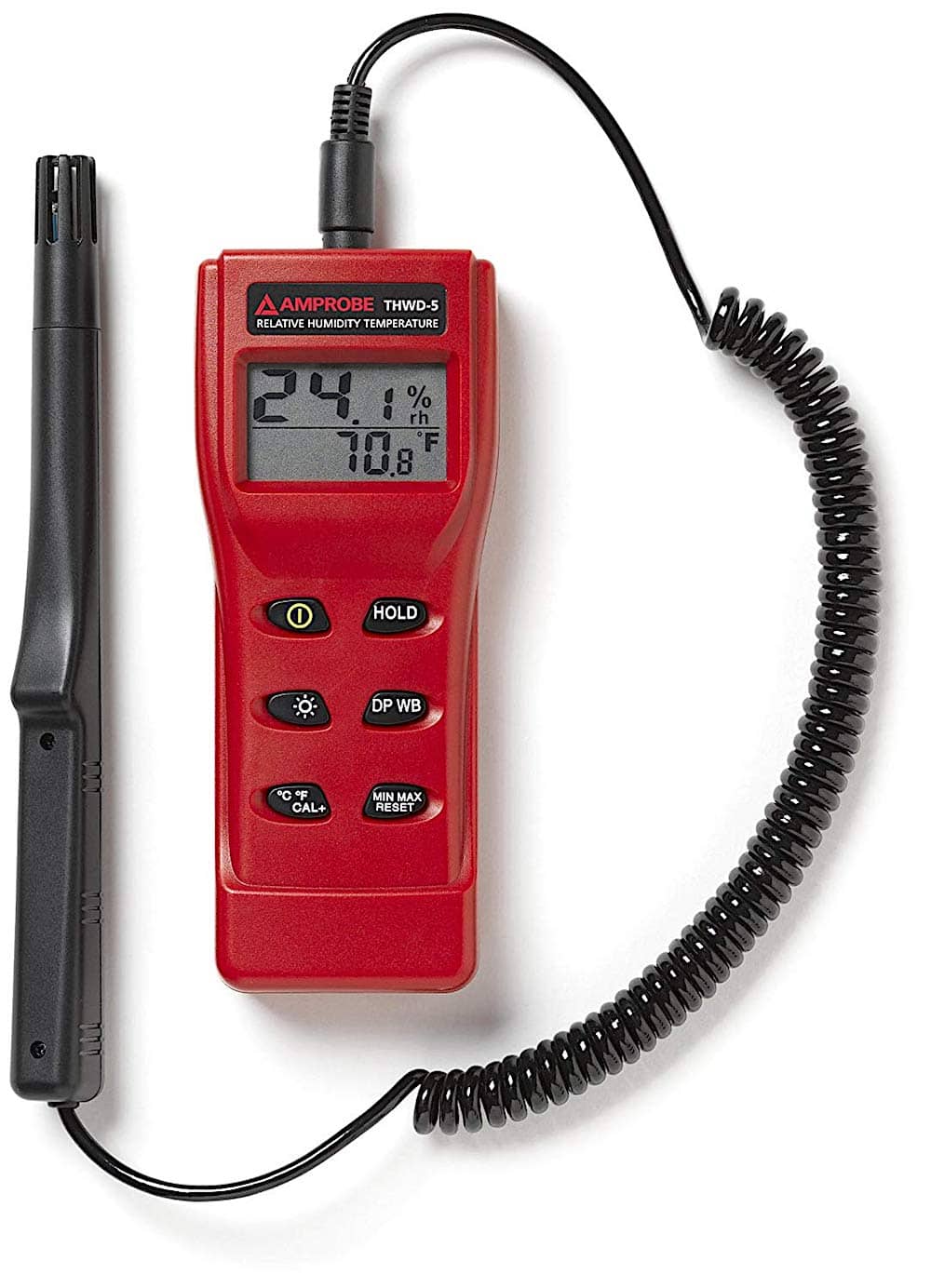
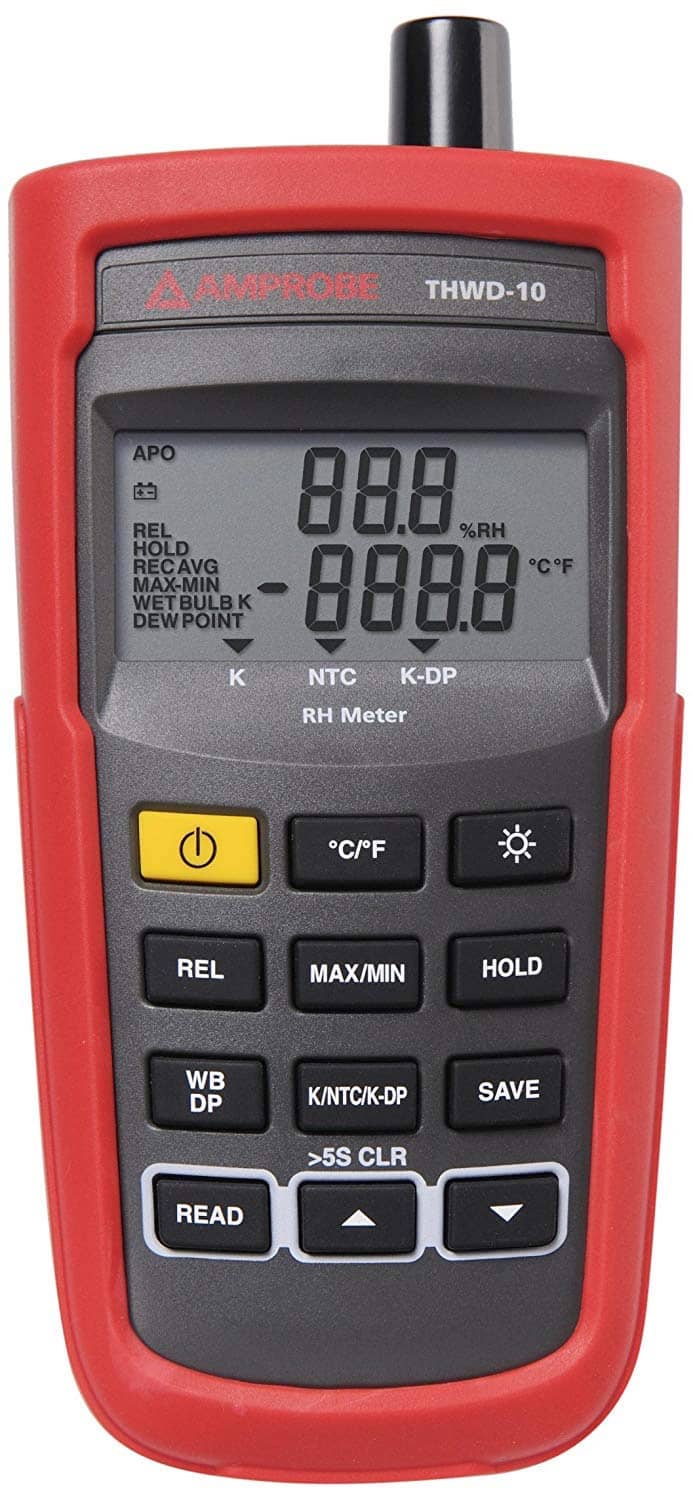
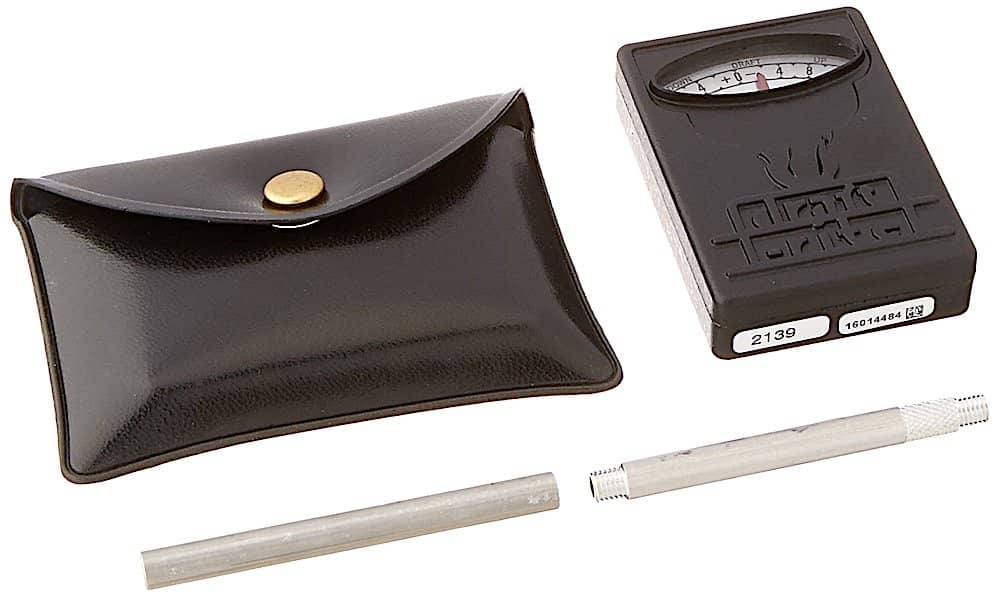
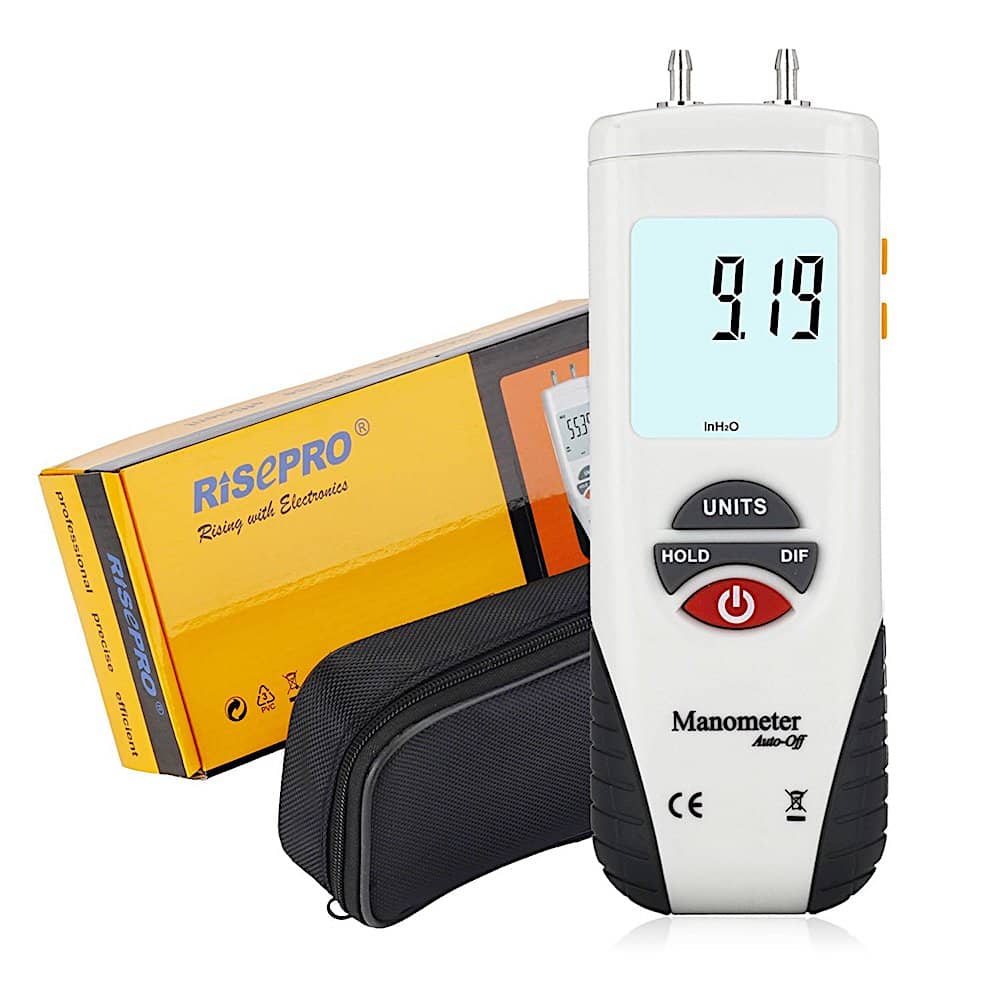
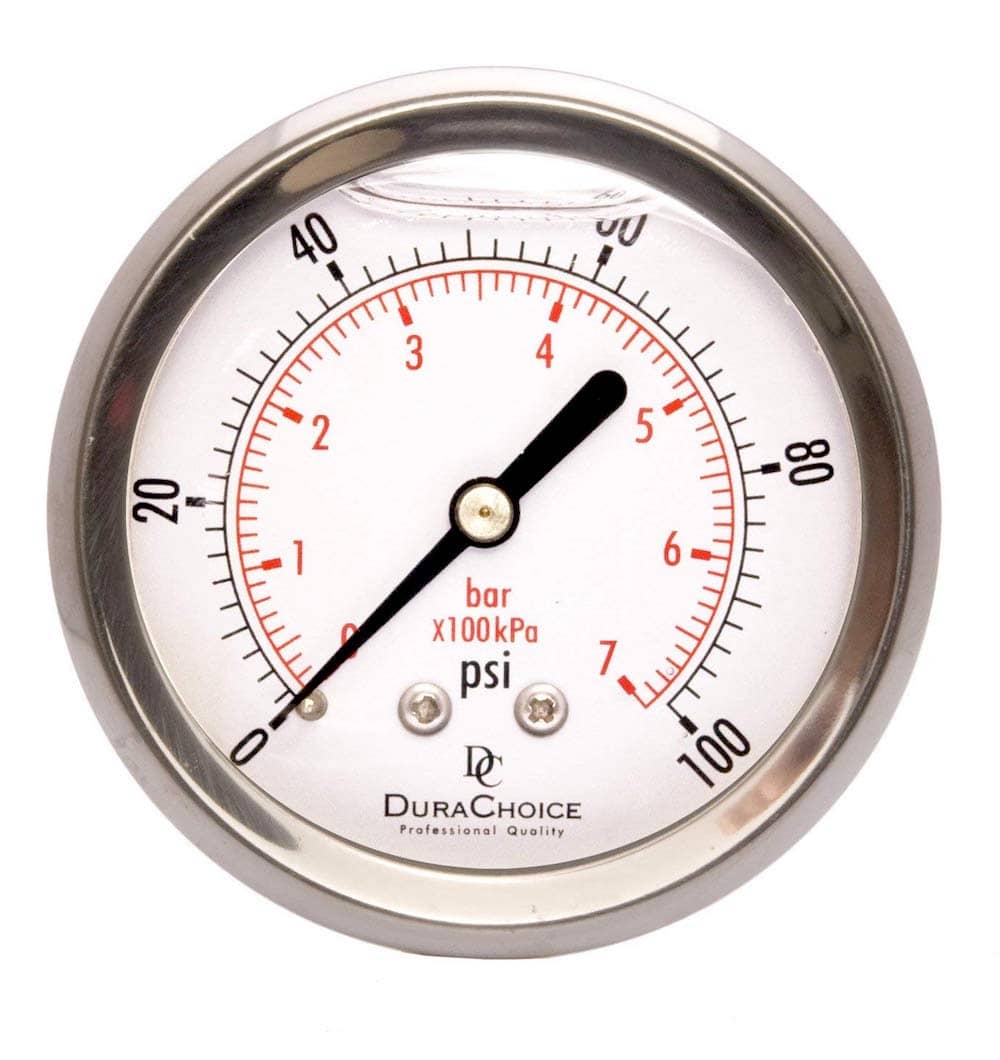
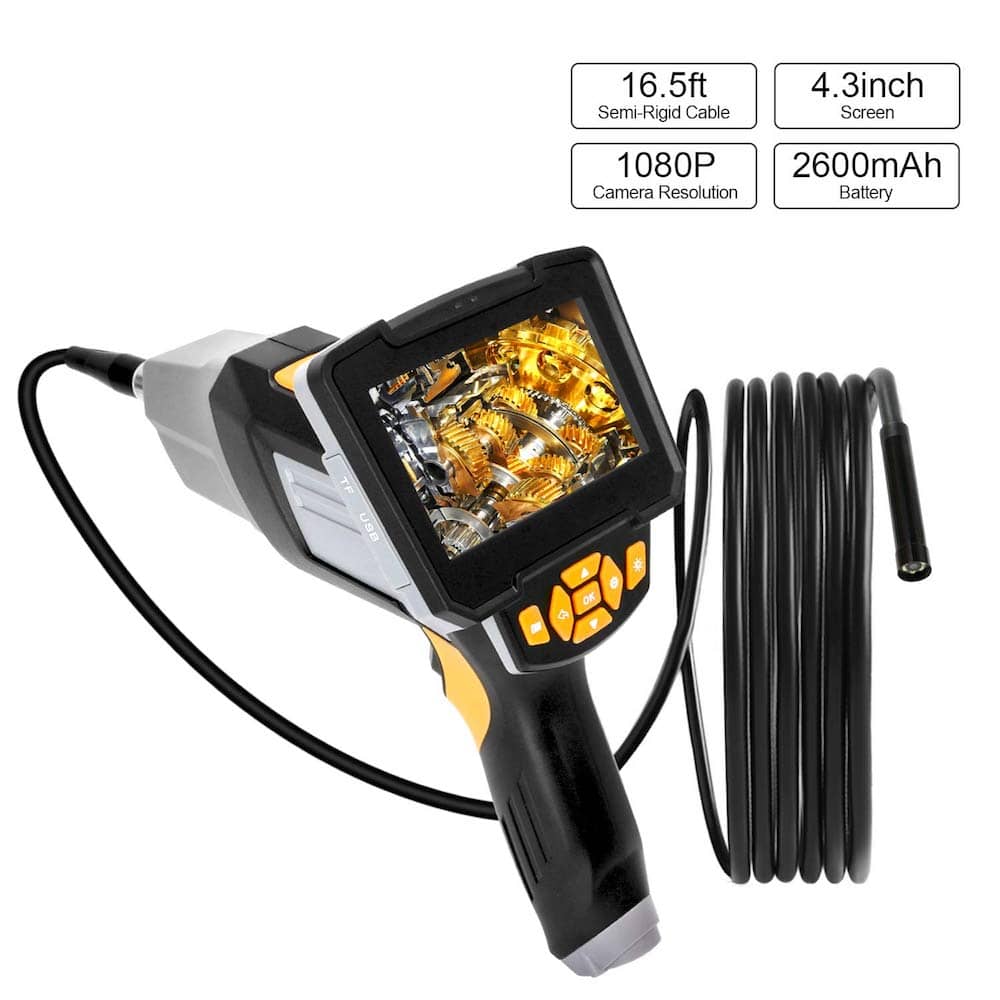
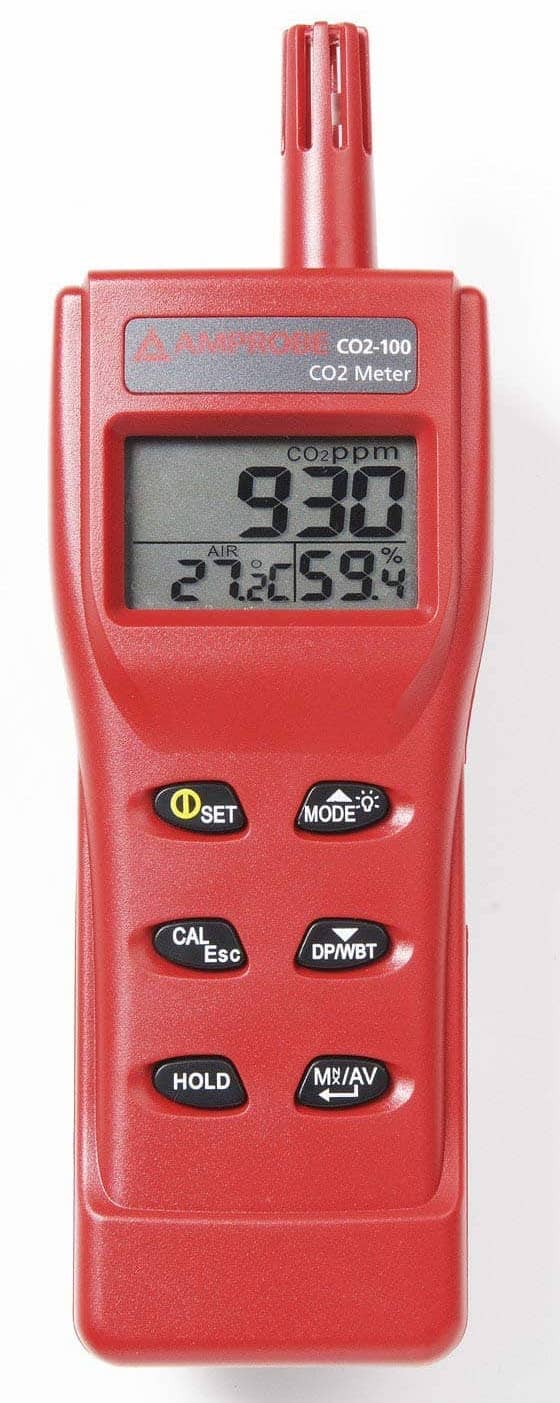
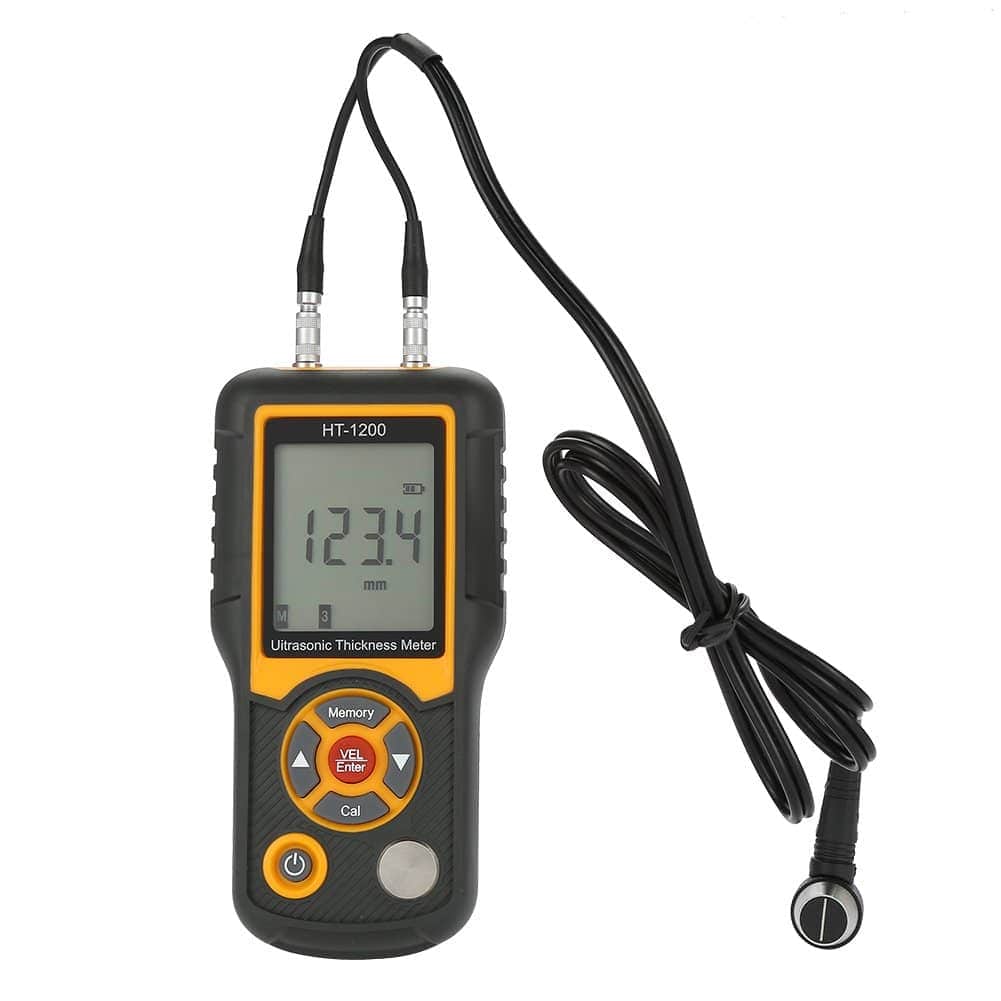
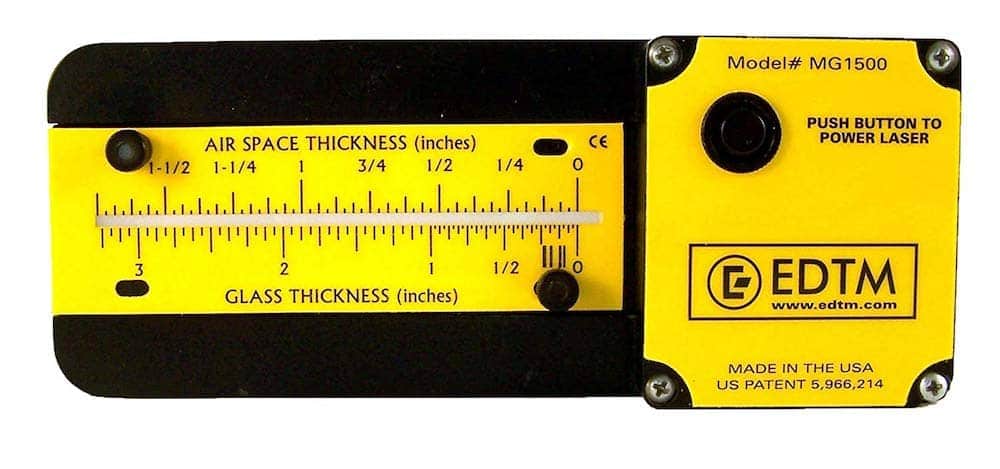

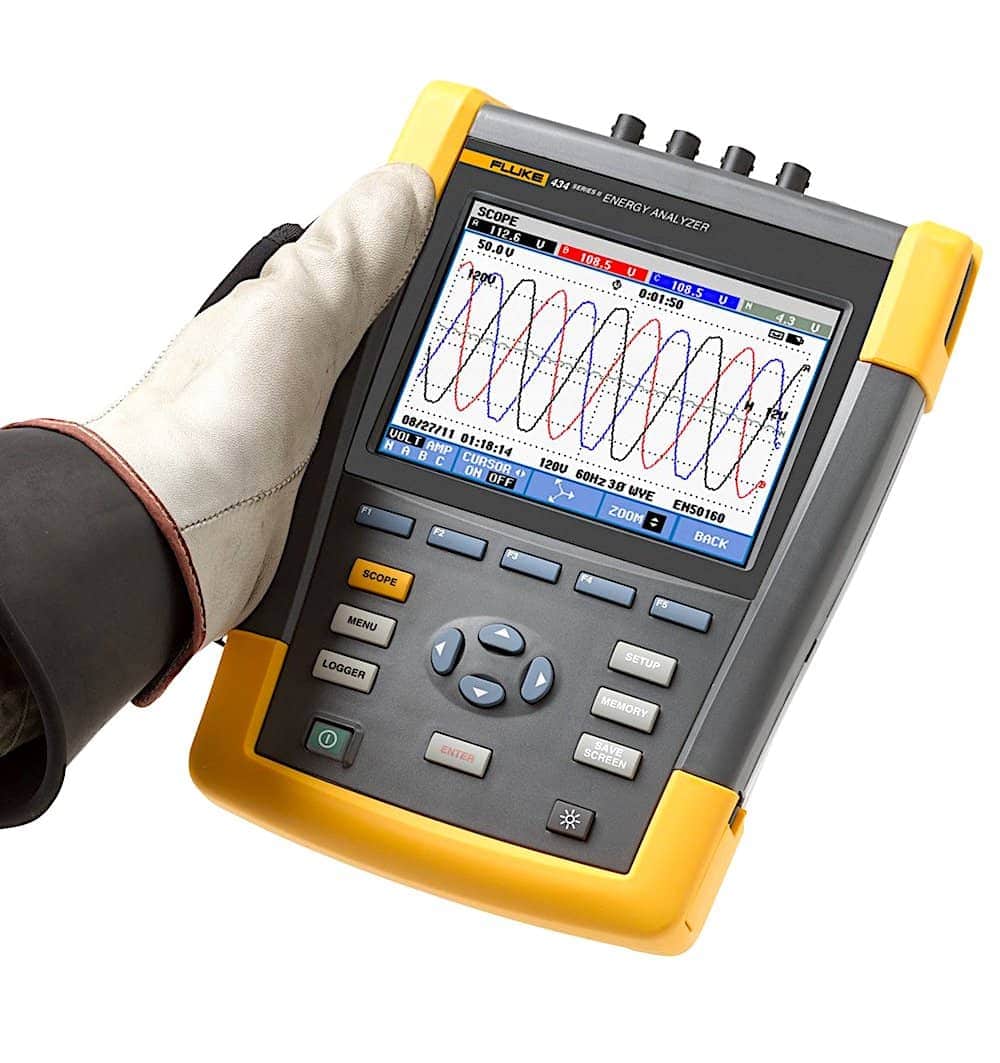
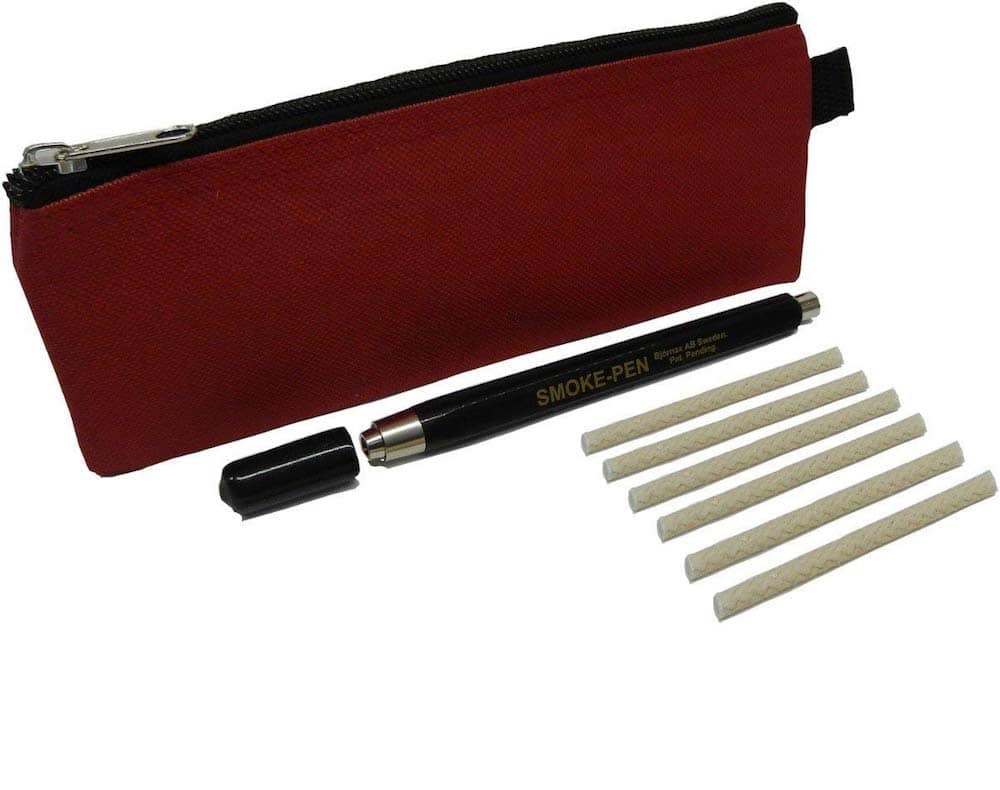












Comments